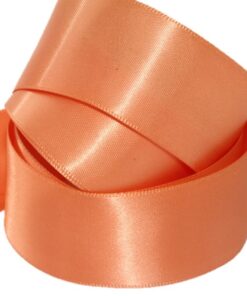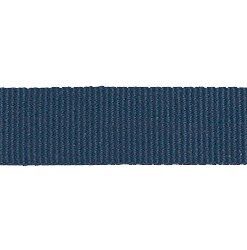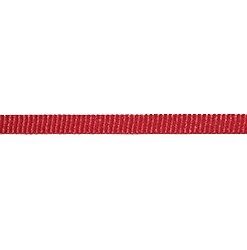DFS Regal Purple (10mm) Satin Ribbon
R153.00 Ex VAT
10mm x 20m Luxury Double-face Satin Ribbon
10mm x 20m Luxury Double-face Satin Ribbon
• Dimensions: 10mm x 20m
• Type: Luxury Double-face Satin Ribbon
• 10mm width
• 20m length
• Luxury Double-face Satin Ribbon
Related products
R230.00 Ex VAT
R230.00 Ex VAT
Petersham Ribbon
R158.00 Ex VAT
R230.00 Ex VAT
Petersham Solid Colours
R147.00 Ex VAT
R120.00 Ex VAT
Petersham Solid Colours
R158.00 Ex VAT
Petersham Ribbon
R191.00 Ex VAT



















